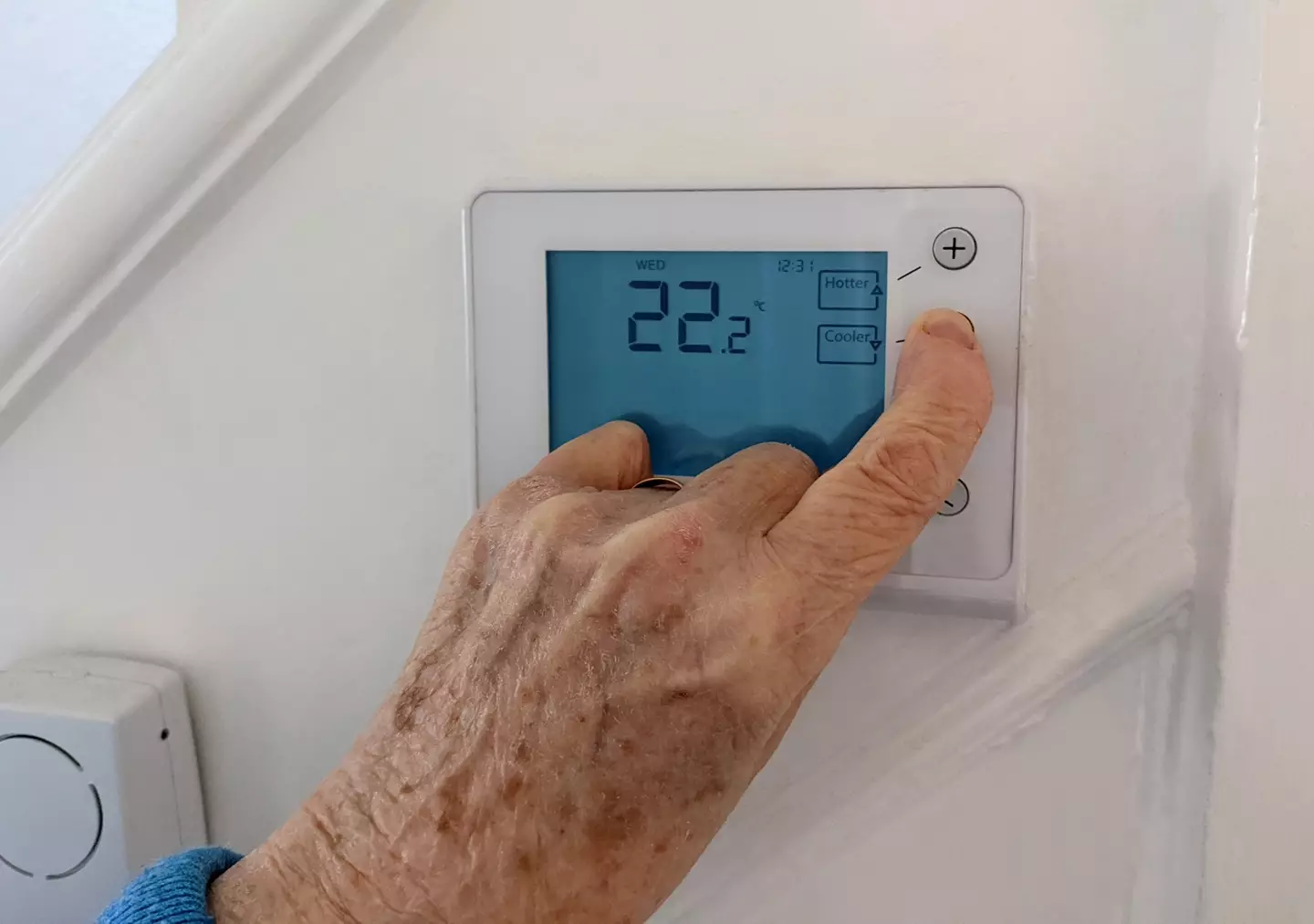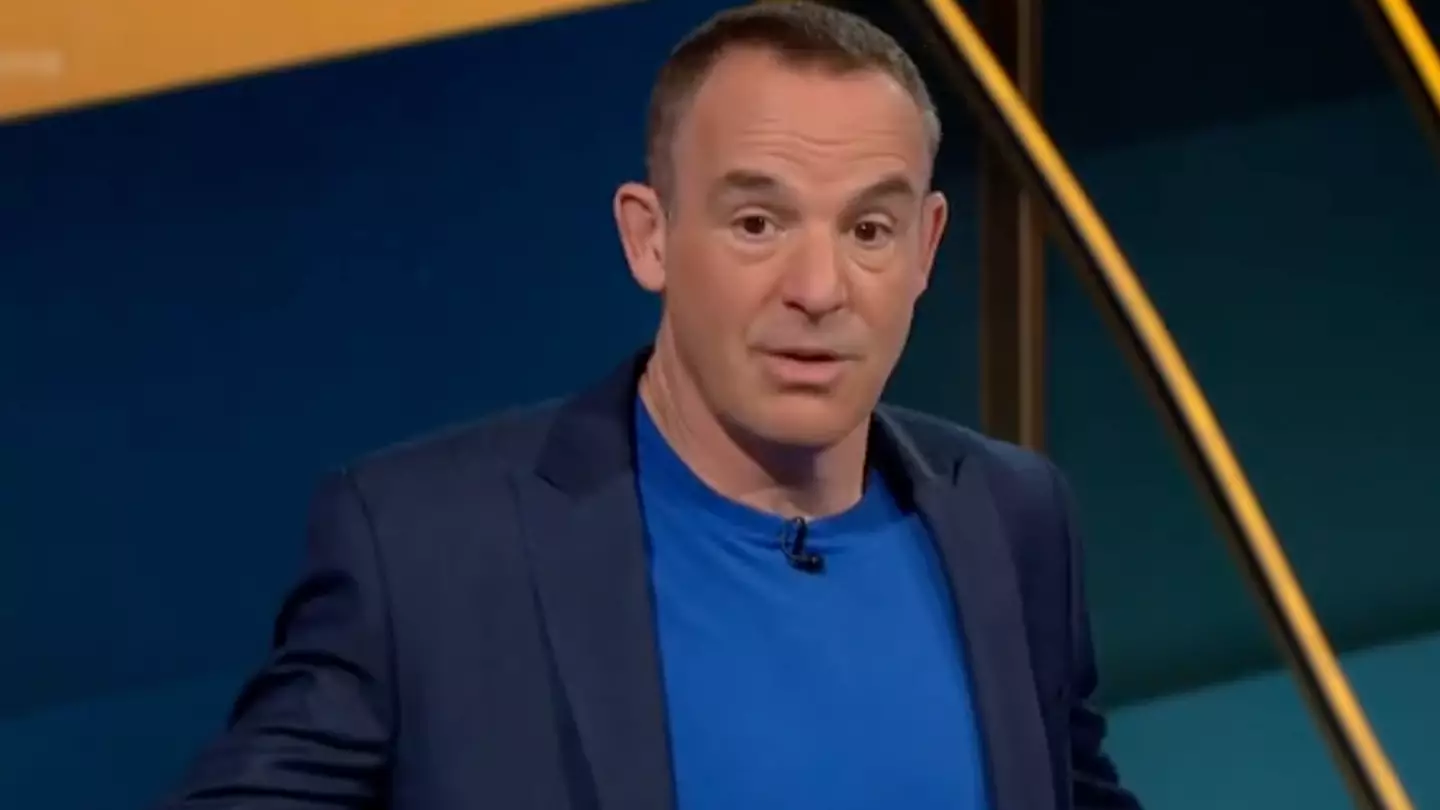Martin Lewis is urging people to make changes to their energy tariffs ahead of the price cap increase in October
Martin Lewis has issued an urgent warning to everyone paying energy bills in the UK, ahead of the energy price cap rise later this year.
Earlier this week, Ofgem confirmed that the cap would increase by two percent on October 1, until the end of this year.
The news comes as a fresh blow to many Brits who are already struggling to keep up with the ever growing cost of living but the money saving expert’s advice could save you from paying hundreds more than you need to.
Under the new increase, the average annual energy bill in the UK will go up to £1,755 from current average of £1,720.
However, homes who use the least amount of energy will be disproportionately hit as a result of an increase to standing charges.

The energy price cap is going up by 2 percent. (Getty Stock Images)
What is the energy price cap?
The energy price cap is the maximum amount that suppliers can charge per unit of gas and electric used, as well as the daily standing charge, if you’re on a default or variable tariff.
The cap is set by the energy regulator Ofgem, and is reviewed every three months to reflect any political or economical changes.
Martin Lewis says ditch the cap
Taking to X, the financial journalist urged people to ditch the price cap if they can by switching from variable to fixed tariffs.
“Now we know the Cap will be at the current rate or higher until at least the end of the year, it’s easy to compare to the cheapest fixes,” he wrote.

Martin Lewis wants Brits to switch to a fixed energy tariff. (ITV)
“They are on average nearly 17 percent less than the October cap rate, around £250 per year cheaper on a typical bill, and have guaranteed rates, so you know they won’t rise for at least a year.”
According to Lewis, this means anyone on a capped tariff can make immediate savings by switching to a fixed rate and will be guaranteed to pay less until December 31, but more than likely will continue to make savings beyond this date too.
It’s hoped the cap will drop back down by around two percent in January, however analysts predict they will rise once again in April, by around five percent.
“Though this involves some crystal ball gazing as much can change,” Lewis added.

Lower energy users are being disproportionately hit. (Getty Stock Images)
Lower users hit hardest by price cap increase
Unfortunately, people who use less energy will find themselves being the hardest hit by the cap rise due to an increase in standing charges.
That’s because the average standing charge is rising by 4.5 percent and 14 percent for gas, meaning if it stayed at this level for a year, you’d pay £320 a year for gas and electric without even using it.
“That means lower users will be disproportionately hit, with some facing effective rises of five percent or more. Yet perversely, higher users gain, as the rate for each unit of gas you use is being cut. So high users who use a lot of gas may see a rise of just one-ish percent,” he wrote.
“This is a moral hazard. And especially terrible for many older people who only use their gas in winter. The standing charge needs to be reworked.”



